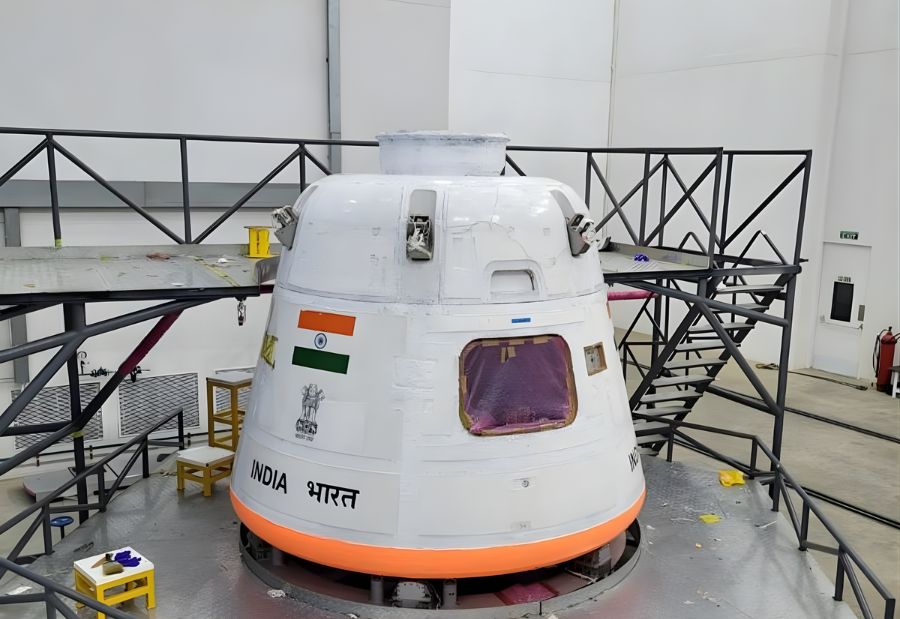India is emerging as both a major innovation hub and a fast-growing consumer market, attracting global capability centres (GCCs) from leading multinational companies. With over 1,800 GCCs expected to contribute $241 billion in economic activity in FY2025, India’s consumer spending is also projected to reach $4.3 trillion by 2030, making it the world’s second-largest consumer market.
This dual growth is driving global firms, especially South Korean companies, to integrate R&D with local business units. Hyundai Motor India and Samsung are among the top examples of this trend. Hyundai, which entered India in 1998 with the Santro, established its Hyderabad R&D centre in 2006 to develop India-focused models such as the Creta. The company recently announced a major investment, with 60% dedicated to R&D, following its IPO in 2024. Samsung and Cisco also set up R&D centres in Bengaluru in the 1990s, which later became key innovation hubs.
Experts attribute this trend to India’s growing local demand and manufacturing ecosystem. According to Pareekh Jain, CEO and lead analyst at Pareekh Consulting, this reflects the rise of localisation and domestic market strength.
Co-locating GCCs and business units enables faster innovation and deeper market understanding. As Dr Joginder Singh from Agilent Technologies explained, GCCs provide digital and design expertise, while business units bring customer insight. Achyuta Ghosh from HFS Research added that this synergy helps global firms achieve “faster innovation and localisation” that translates into stronger market penetration.
The hybrid model also builds operational resilience by pairing manufacturing in one region with digital operations in another. Dr Singh noted that such setups reduce supply chain risks and establish “shared accountability” across global operations. Alouk Kumar, CEO of Inductus Group, said this approach “raises capital in a politically stable jurisdiction and de-risks the parent company’s financial model.”
However, not all companies establish business units alongside GCCs. The decision depends on market size and sector potential. For instance, retail firms like Tesco and Target operate GCCs in India but have no retail presence, as their primary markets lie elsewhere.
Industry experts believe the growing move toward IPOs by Indian subsidiaries and their aligned GCCs marks a new phase of maturity. As Sanju Ballurkar, president at Experis, said, this evolution “demonstrates long-term commitment and transforms GCCs into innovation-led entities.”
Also read: Viksit Workforce for a Viksit Bharat
Do Follow: The Mainstream formerly known as CIO News LinkedIn Account | The Mainstream formerly known as CIO News Facebook | The Mainstream formerly known as CIO News Youtube | The Mainstream formerly known as CIO News Twitter
About us:
The Mainstream formerly known as CIO News is a premier platform dedicated to delivering latest news, updates, and insights from the tech industry. With its strong foundation of intellectual property and thought leadership, the platform is well-positioned to stay ahead of the curve and lead conversations about how technology shapes our world. From its early days as CIO News to its rebranding as The Mainstream on November 28, 2024, it has been expanding its global reach, targeting key markets in the Middle East & Africa, ASEAN, the USA, and the UK. The Mainstream is a vision to put technology at the center of every conversation, inspiring professionals and organizations to embrace the future of tech.




